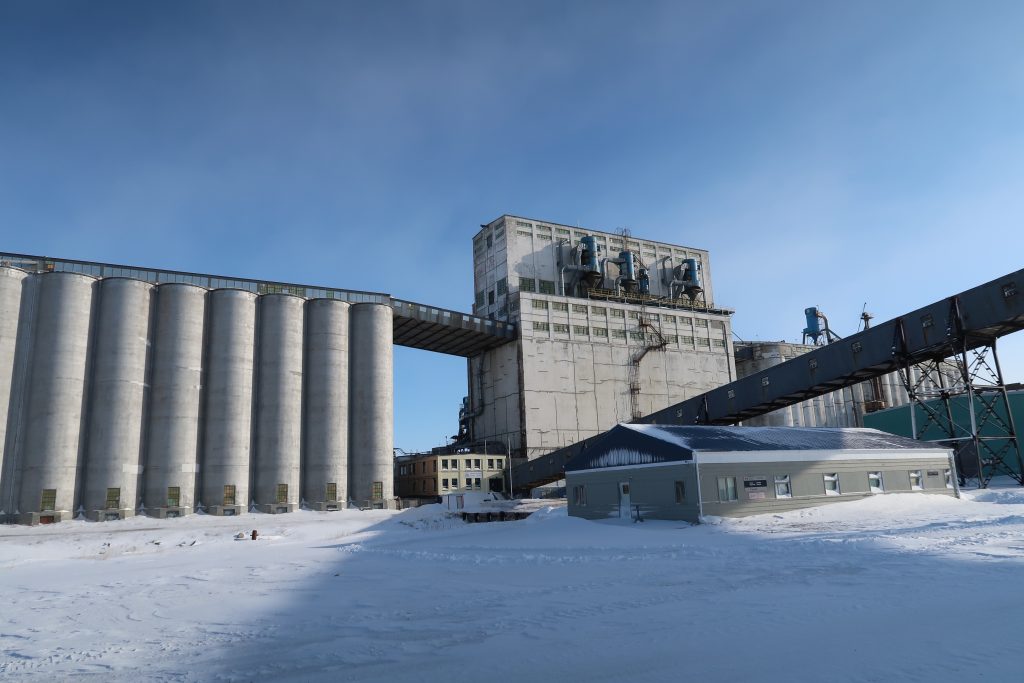I did prepare the paper “Infrastructural sustainability?” for the Vienna Anthropology Days (VANDA) 2022 and the session “Infrastructure and the Built Environment in the Anthropocene“, but was not able to present it because of sickness. Find the abstract below and the full paper as soon as the preprint is ready.
Budka, P. (2022). Infrastructural sustainability? The case of a town in northern Manitoba, Canada [Unpublished manuscript]. Department of Social and Cultural Anthropology, University of Vienna.
Abstract
This paper explores how the built environment and in particular infrastructural entanglements contribute to the sustainability of the town of Churchill in Northern Manitoba, Canada. Situated at the junction of the boreal forest, the Arctic tundra, and the Hudson Bay, the town of 870 residents has become well-known as the “Polar Bear Capital of the World”.
But Churchill is also unique in terms of transport infrastructures. Whereas the town is not accessible via roads, it is home of Canada’s only deep-water port on the Arctic Ocean. This port is the only seaport in the American (Sub)Arctic with a direct link to the North American railway network. And due to former military presence, the town also has a relatively big airport, which now supports the growing tourism industry.
The community of Churchill only exists because of these transport infrastructures and it has been changing together with this built environment. By discussing ethnographic findings, the paper focuses on the failures, such as an 18-month train outage after the flooding of railway tracks in 2017, and the promises, such as the renovation of port and railway between 2021 and 2023 under new ownership, of transport infrastructures in sustaining the community.
Churchill is one of several field sites in the ERC project InfraNorth, which looks into the affordances of transport infrastructures on a pan-Arctic scale through an anthropological lens.
